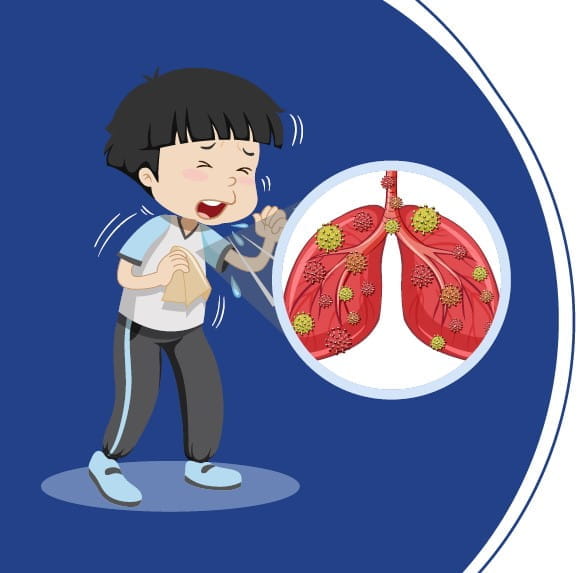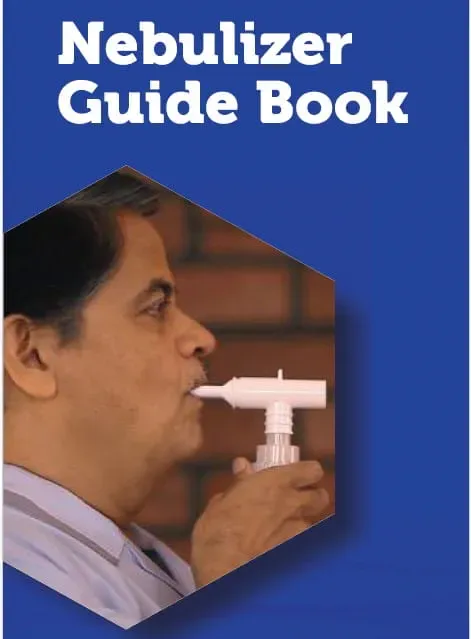ERS 2025: Respiratory Disorders in Children: Highlights
Risk Factors for Acute Wheeze in Preschool Children: A Population-Based Cohort Study
Presenter: Aleksandra Gawlik-Lipinski (United Kingdom)
Acute wheeze is a very common presentation among children under 6 years of age, yet limited evidence exists on which children are at highest risk for recurrent episodes. This study aimed to identify clinical and demographic factors linked to recurrent acute wheeze in preschoolers presenting to either primary or secondary care and to support the development of a clinical risk prediction tool for future attacks.
All children aged ≤5 years with at least one acute wheeze/exacerbation between January 1, 2019, and December 31, 2020 were included. Among 42,820 children, 16,962 (40%) experienced another attack within 12 months. The strongest predictors of recurrence were a prior hospitalization for wheeze (RR 1.42 [1.39–1.45]) and a history of wheeze in the previous year (RR 1.27 [1.22–1.32]). Clinically, children who had previous hospital admissions or recent wheeze episodes were at approximately 40% and 30% higher risk, respectively, for another attack in the following year—highlighting the need for closer monitoring and consideration of maintenance asthma therapy in this high-risk group.
The Influence of Body Mass Index on Lung Function Development from Infancy to Six Years of Age
Presenter: Malena Gwerder (Switzerland)
Accelerated BMI growth in early life has been associated with impaired lung function development in school-age children, especially in obesity-related research. However, the impact of early-life BMI growth on lung function development from infancy onwards has not been previously investigated.
This study evaluated the relationship between BMI and lung function growth from infancy to six years using data of 363 healthy infants obtained from prospective Basel-Bern Infant Lung Development (BILD) Cohort. BMI and lung function were measured at 44 weeks postmenstrual age (using ratio of PTEF/TE (peak tidal expiratory flow to expiratory time)) and again at six years (using FEV1 and FVC). Results showed that higher BMI z-scores were linked to lower lung function z-scores from infancy to school age for both FEV1 (estimate: -0.10, 95% CI: -0.18 to -0.02, p = 0.016) and FVC (estimate: -0.12, 95% CI: -0.22 to -0.02, p = 0.017). There was a significant interaction between age and BMI z-scores for both outcomes (p interaction < 0.005).
It was concluded that rapid increases in BMI were linked to impaired lung function growth during the first six years of life, providing new insights into early-life risk factors for long-term respiratory health outcomes.
Body Mass Index and Pediatric Asthma: Does Weight Influence Lung Function More Than Symptoms?
Presenter: Chaima Briki (Tunisia)
A retrospective study of 62 asthmatic children (mean age 8.97 ± 3.01 years, BMI 17.72 ± 3.33 kg/m², sex ratio 1.07M/F) assessed asthma control (ACQ) and lung function. Poor asthma control (ACQ ≥1.5) occurred in 38.7% children. By BMI, 69% were normal weight, 27% overweight, and 4% obese. FEV₁% declined with increasing BMI (Normal: 87.4 ± 12.5%, Overweight: 79.8 ± 10.7%, Obese: 74.2 ± 9.3%; p<0.001). BMI correlated negatively with FEV₁% (r=-0.435, p<0.001) and FEF50% (r=-0.580, p<0.001) but not with ACQ. In contrast, ACQ correlated with FEV₁% (r=0.315, p=0.013). Thus, BMI influenced spirometry but not asthma control, whereas ACQ reflected airway obstruction more directly.
Loss of Lung Function At 5 Years in Patients with Asthma: DECLIVEMS Study
Presenter: Maria Luisa Polonio Gonzalez (Spain)
A retrospective cohort of 200 asthmatic patients (73% women; mean age 40.87 ± 16.11 years; BMI 27.56 ± 5.7kg/m2) assessed factors influencing lung function decline over 5 years. Smoking history showed 63% never and 22% former smokers. Mean eosinophils were 350 ± 640 cells/µL, FeNO 36.35 ± 33.1 ppb, ACT score 17.62 ± 4.59, with an average of 0.08 ± 0.26 exacerbations in the prior year. Mean inhaled corticosteroid dose was 1376.31 ± 954.3 µg, and baseline FEV1 was 2691.71 ± 914.6 mL.
Moderate asthma was present in 51%, with 89% having a high T2 phenotype. Lung function loss over 5 years correlated positively with age, BMI, and higher ICS doses (p<0.05), but inversely with ACT score and baseline lung function (p<0.05). Older age, higher BMI, initial clinical deterioration, and greater ICS use predicted greater decline in lung function at 5 years.
Ref: European Respiratory Society Congress 2025, September 27 - October 1, Amsterdam, Netherlands




